Racinet Explains Baucher
$35.95
Product Description
Jean-Claude Racinet wrote a few articles in the magazine Dressage and CT in 1992-3 on Baucher and his equitation. This series, with some necessary editing for cohesion, has been brought together to create this book.
Two appendices were added; the first one deals with the validity of Baucherism, in light of the last discoveries of “equine osteopathy,” as exposed by Dr. Dominique Giniaux of France; the second is a translation of the very last part of the 12th edition of Baucher’s Methode d’Equitation, dealing with his second “manner.” This text has probably never been translated into English, and is of utmost importance. The riders who will endeavor to apply by the letter the progression described by Baucher in this text will, to their surprise, probably accede to a new and higher level of equestrian knowledge.
Born in Paris in 1929, Jean-Claude Racinet is a graduate of St. Cyr, the French West Point, Class of 1950. He was a member of the French contingent in Korea (1950-53), where he was wounded twice. As an officer of the French army, he spent seven years in Tunisia and Algeria (1954-61) and four more years in Europe.
While he spent most of his army career during the time when the military was getting rid of their horses, he managed, between and during his sojourns overseas, to successfully attend the Superior Equitation Course in the Cavalry School of Saumur (1953-54), winning the title of Champion of Tunisia in open jumping (1956), and to become a member of the Jumping Team of the Military School in Paris (1953).
Riding teacher and trainer as a civilian after 9165, he was more particularly known by his retraining of difficult horses and later as an equestrian journalist by his always witty and sometimes scathing articles in the French equestrian monthly L’Information Hippique.
In the United States since 1983, Jean-Claude Racinet became a successful teacher, trainer, lecturer, clinician, and author. Xenophon Press published in 1994 his highly popular book Another Horsemanship, now in its second printing.
Jean-Claude Racinet has devoted his life to the vindication of “L’equitation de Legerete” (riding in lightness), which fosters balance by relaxing the horse – more so his mouth – excluding force in the wielding of the aids. In fact, the very essence of riding in the French Classical tradition.
softcover, 207 pages, illustrated.
Excerpt from the book:
So, who was Francois Baucher?
Francois Baucher was born in Versailles near Paris on June 16, 1796. Twenty-nine-year-old General Napoleon Bonaparte’s “Coup d’Etat” was to take place on December 2, 1798, so the childhood and youth of Baucher was to unfold during the Napoleonic era, which the French call the “First Empire.”
At age 14, Francois Baucher was brought to Italy by an uncle who was managing in Milan the stable of Camille Borghese, Prince of Sulmone, and husband of Pauline Bonaparte, a sister of Napoleon. Four years later, at the fall of Napoleon, Baucher came back to France. He worked for a short time in the stables of the Duke of Berry in Versailles, then decided to work for himself and by 1820 settled in Normandy where he managed first one, then two riding establishments, in Le Havre and Rouen.
Baucher evinced outstanding qualities as a rider, trainer, and riding teacher. Yet he deplored that the way horsemanship was taught at the time was unclear, vague, and futile, and he set out to create his own system which, he hoped, would be based on rationality and “scientific” observations.
1 review for Racinet Explains Baucher
You must be logged in to post a review.
Related products
-

Ride with Feel: A Guide for the Rest of Us by Katrin Silva
0 out of 5$19.00Brands:Katrin SilvaRead more -
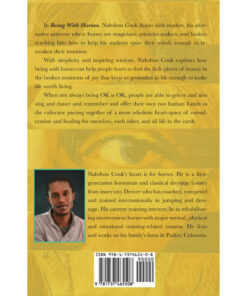
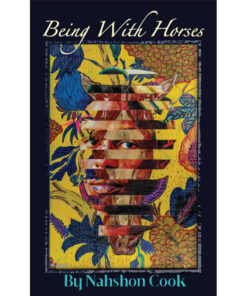
Being with Horses By Nahshon Cook
5.00 out of 5$24.95Brands:Nahshon CookAdd to cart -
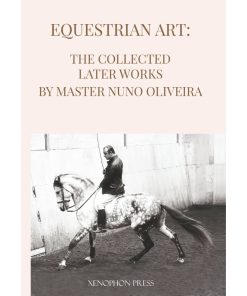
Equestrian Art: The Collected Later Works by Master Nuno Oliveira (Soft Cover)
0 out of 5$45.00Brands:Nuno OliveiraAdd to cart -
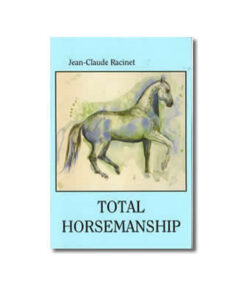
Total Horsemanship by Jean Claude Racinet
4.00 out of 5$32.95Brands:Jean Claude RacinetAdd to cart -

Equestrian Art: The Collected Early Writings (1951-1956) by Master Nuno Oliveira (Soft Cover)
0 out of 5$45.00Brands:Nuno OliveiraAdd to cart

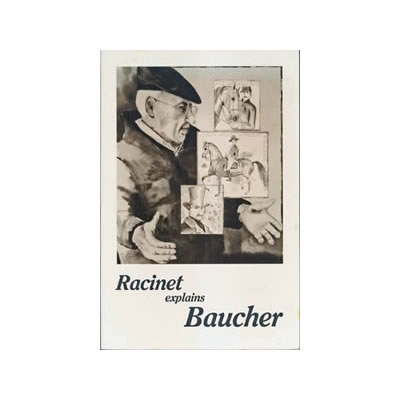

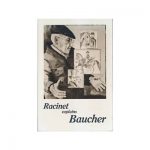
pwalsh1129 –
In this series of articles that originally appeared in Dressage magazine, Jean Claude Racinet explains The French master Baucher’s second manner of “riding in lightness” in an easy to understand way. It’s not so much of a training book as it is a very well thought out explanation of the philosophy of Baucher’s training methods. This book is a must for anyone’s classical dressage collections. Five stars.